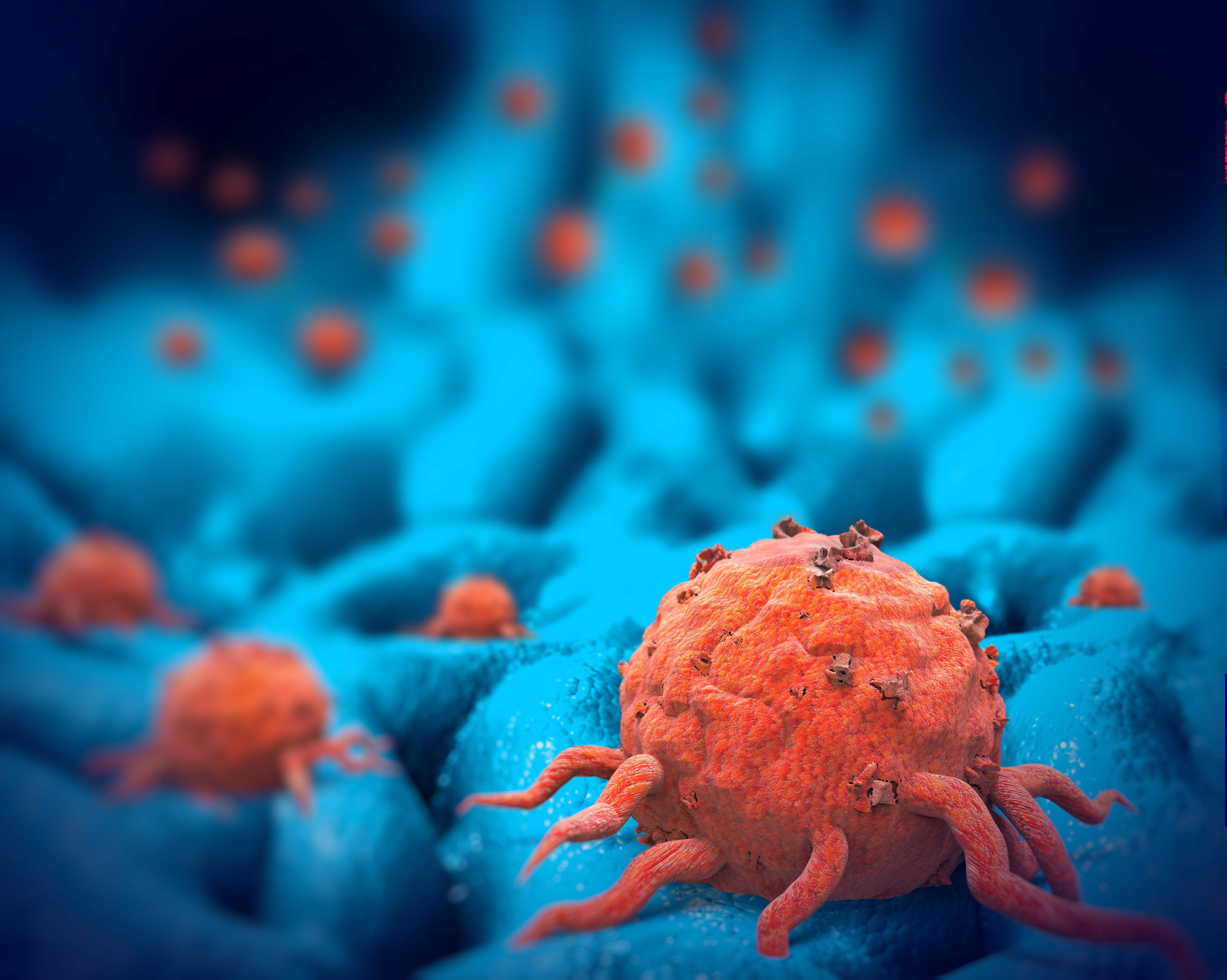Article
Though Early, T-Cell Therapy Making Strides in Treatment of Sarcoma
Author(s):
The breakthrough designation will expedite the development and review of this novel T-cell therapy in synovial sarcoma.
An affinity enhanced T-cell therapy has received an FDA breakthrough therapy designation for the treatment of patients with inoperable or metastatic pretreated synovial sarcoma who harbor HLA-A*201, HLA-A*205, or HLA-A*206 alleles and whose tumors express the NY-ESO-1 tumor antigen. This announcement was made by Adaptimmune Therapeutics, the company developing the investigational immunotherapy, on Tuesday.
The breakthrough designation, which will expedite the development and review of this novel T-cell therapy in synovial sarcoma, is based on a phase 1/2 trial in which the treatment induced a response rate of 50 percent in patients with unresectable, metastatic, or recurrent synovial sarcoma treated with prior chemotherapy.
“We are committed to investigating the potential of our NY-ESO-1 T-cell therapy across a variety of cancers. We are pleased that the FDA has granted breakthrough therapy designation for our T-cell therapy in synovial sarcoma, recognizing both the unmet need for patients suffering from this disease as well as the promise of these early data,” said Rafael Amado, MD, chief medical officer at Adaptimmune. “We look forward to working closely with the FDA to expedite the clinical development of this therapeutic candidate.”
In the key phase 1/2 study, 12 patients received lymphodepleting chemotherapy followed by treatment with T-cells engineered to recognize an HLA-A2 restricted NY-ESO-1 peptide. All patients had progressed following prior ifosfamide and/or doxorubicin therapy. The most recent presentation of the study results was in November 2015 at the Annual Meeting of the Society of Immunotherapy for Cancer (SITC).
Ten of the 12 patients received the target dose of 1 to 6 billion total engineered T cells. Among these 10 patients, six (60 percent) had a response. The two patients who did not receive the target dose did not have a response, so the overall response rate (ORR) for the 12 total patients was 50 percent.
According to Adaptimmune, the ORR in the phase 1/2 trial compares positively with the historical 4 percent partial response rate observed with pazopanib (Votrient) in this patient population. Pazopanib is the only FDA-approved drug in this setting.
Ninety percent (9/10) and 75 percent (9/12) of the patients receiving the target or any dose, respectively, remained alive and in follow-up at the time of the data analysis. Survival data beyond 1 year are available for 5 of the 12 patients (42 percent) overall.
Forty-two percent (5/12) of patients who received any dose have survival data beyond one year.
In a statement released at the time of the SITC conference, Amado said, “We are encouraged by the response and survival data we are observing in patients with chemotherapy refractory synovial sarcoma, and we have expanded this trial as we progress the development of our NY-ESO T-cell therapy in this disease.”
Nausea, anemia, pyrexia, lymphopenia, and neutropenia, were the most common adverse events. Most of these events could be resolved within 30 days of treatment. One-third (four total) of the 12 patients in who had a response had cytokine release syndrome (CRS). Two patients had grade 3 CRS and there were no cases of grade 4 CRS.
In their conclusion, the authors of the poster presented at the SITC meeting noted, “The evidence of relapse seen in some patients provides rationale for testing of combination approaches or second generation T-cells designed to overcome the immune suppressive environment of selected tumors.”
Pivotal studies of the anti—NY-ESO affinity enhanced T-cell therapy in synovial sarcoma are being planned for launch around the end of 2016, according to Adaptimmune. The company also plans to examine development of the treatment in myxoid round cell liposarcoma. Studies of the therapy have already been initiated in myeloma, melanoma, ovarian cancer, and non–small cell lung cancer.
According to the American Cancer Society, synovial sarcoma is more common in children and young adults than elderly patients, and is most frequently located in the hip, knee, ankle, and shoulder. NY-ESO-1 is highly expressed in the majority of synovial sarcomas.





